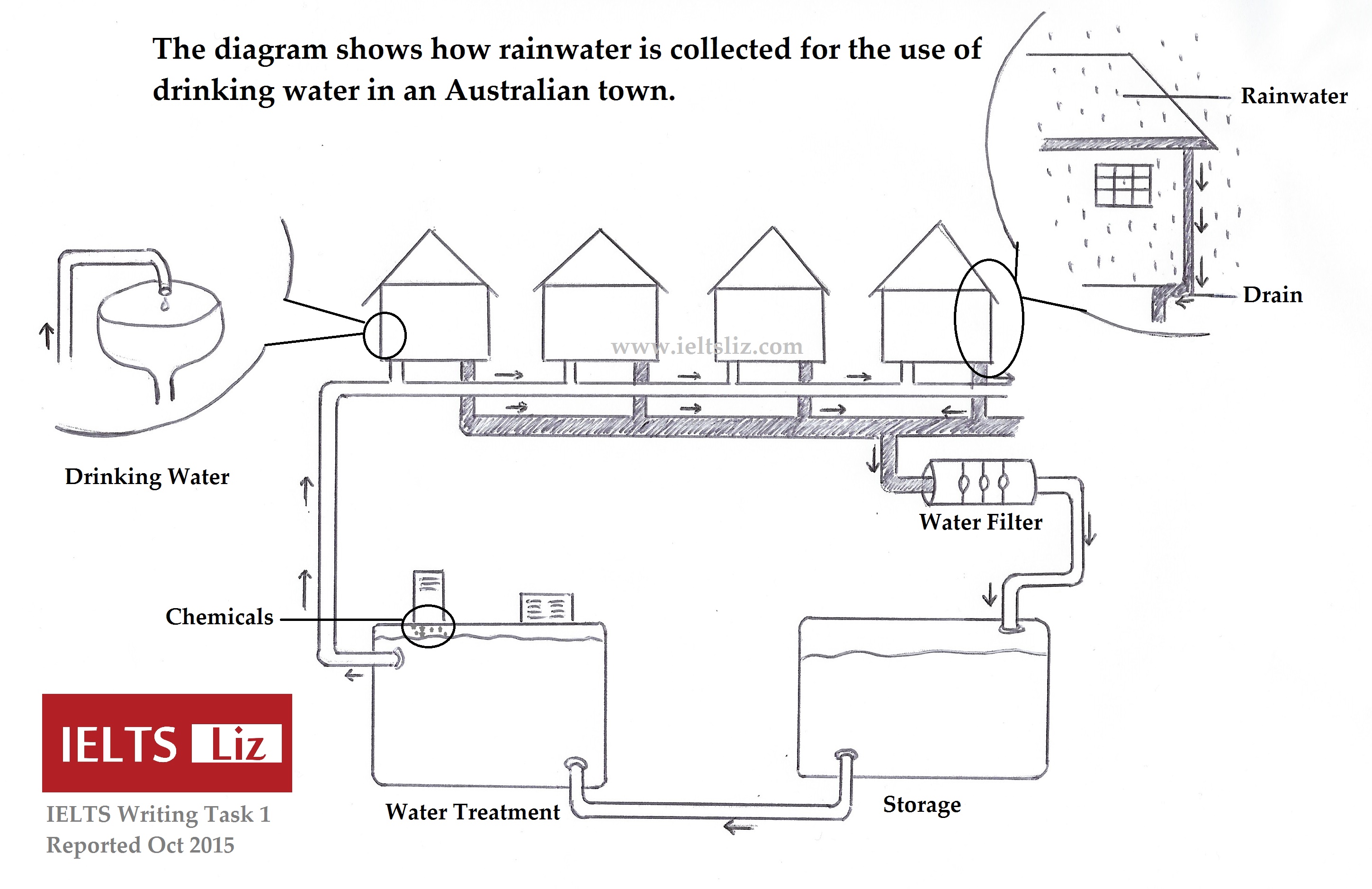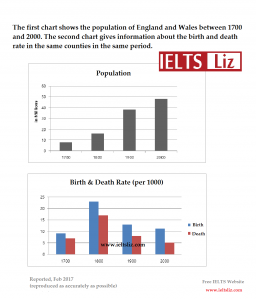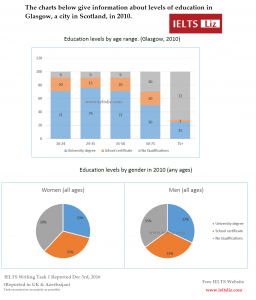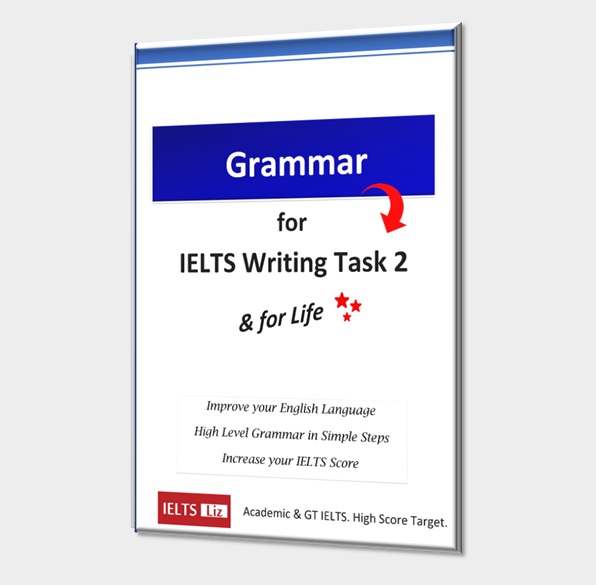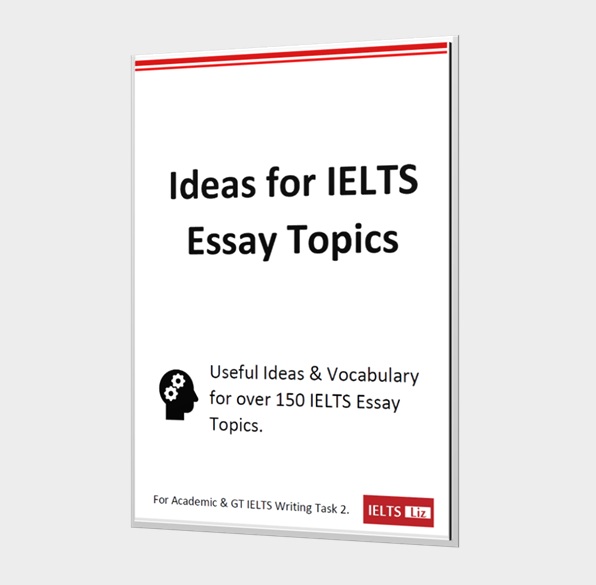Hi guys,
Here are the answers to yesterday’s exercise about using synonyms in IELTS writing task 1. I think it was a good exercise because I see many students have different answers and are unclear about collocations. Mistakes in vocabulary will lower your score.
Let me know if the lesson was useful 🙂
Questions
Are the verbs correct in the sentences below? Are they Right or Wrong?
- More boys than girls enjoyed sport.
- Fewer girls participated in tennis than boys.
- Almost twice the number of boys played cycling.
- More girls took part in swimming compared to boys.
- The majority of boys engaged in football.
- More girls competed in badminton than boys.
Answers
- W = Wrong. The chart is about playing sport but about enjoying it. The chart does not give information about how boys or girls felt. This would be marked as a mistake.
- R = Right. The verb “participate in” works well as a synonyms for “play” when referring to sport.
- W = Wrong. The verb “play” is not possible with the noun “cycling”. This is a mistake with vocabulary – an incorrect collocation. When writing or talking about cycling, we can use the verb “do”.
- R = Right. The verb “take part in” works well as a paraphrase for “play” in this context.
- W = Wrong. The verb “engage” is incorrect when writing about sport.
- W = Wrong. The verb “compete” is about competitions. This chart is about playing sports, not competing in sports. This would be marked as a vocabulary mistake.
Comment
You can see that paraphrasing is about deciding if nouns and verbs match. It is about understanding the context. It is about choosing correctly. Some words will be repeated – this is normal in English.
Paraphrasing Video
Watch this video to learn more about being careful with paraphrases.
…………………….
Free Subscribe to get new Posts by Email

